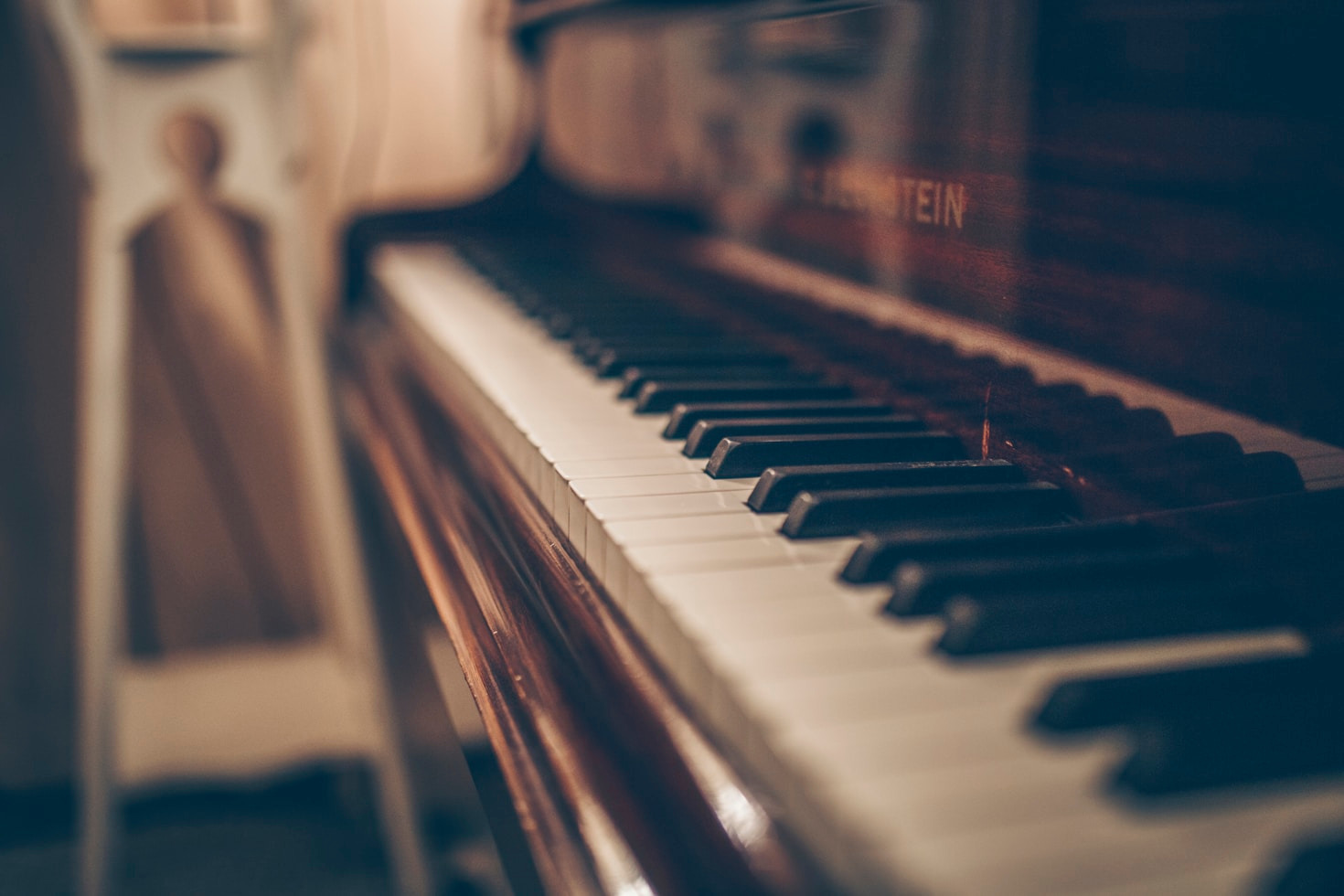The development of piano music reflects the broader artistic and cultural shifts that have occurred throughout Western history.
In the Baroque period (circa 1600–1750), keyboard music was dominated by the harpsichord and clavichord, but many of the compositional techniques from this era laid the groundwork for future piano music. Composers like Johann Sebastian Bach utilized intricate counterpoint and formal structures, such as the fugue and suite, which demanded clarity and discipline. Though the modern piano was not yet fully developed, early fortepianos began to emerge toward the end of the Baroque era, paving the way for new expressive possibilities.
The Classical period (circa 1750–1820) saw the rise of the piano as a central instrument in both solo and ensemble settings. Composers such as Wolfgang Amadeus Mozart and Ludwig van Beethoven embraced the piano’s dynamic range and clarity, crafting works that emphasized balance, form, and melodic elegance. The sonata became a primary vehicle for piano composition, and innovations in piano construction allowed for greater expressive nuance. Beethoven, in particular, pushed the boundaries of the Classical style, setting the stage for the emotional depth that would define the Romantic era.

During the Romantic period (circa 1820–1900), piano music became deeply personal and emotionally charged. Composers like Frédéric Chopin, Franz Liszt, and Johannes Brahms explored themes of love, nature, and the supernatural through increasingly virtuosic and expressive compositions. The piano itself underwent significant technological advancements, with a wider keyboard range, stronger frame, and improved action, enabling greater dynamic contrast and tonal color. Romantic piano music often served as a vehicle for individual expression, with many composers writing pieces that blurred the lines between technical showmanship and intimate lyricism.
In the Contemporary period(20th century to present), piano music has embraced a wide variety of styles, techniques, and cultural influences. From the impressionistic textures of Claude Debussy and Maurice Ravel to the rhythmic innovations of Béla Bartók and the minimalism of Philip Glass, modern composers have continually redefined what piano music can be. Jazz, film music, and electronic media have also expanded the piano’s role beyond traditional concert settings. Today, the piano remains a versatile and evolving instrument, bridging the gap between centuries-old traditions and modern artistic innovation.
Each evolution of Classical music has equally maintained the tradition of previous movements, and pushed boundaries in ways that they couldn’t have in the past. Many pianists naively hold reverence for one particular style, but such a preference can prevent them from being moved by artists that are new to them. As you continue your journey into piano music, I hope you explore artists and genres that you are unfamiliar with, as these new musical experiences are how we grow as pianists.


Leave a Reply